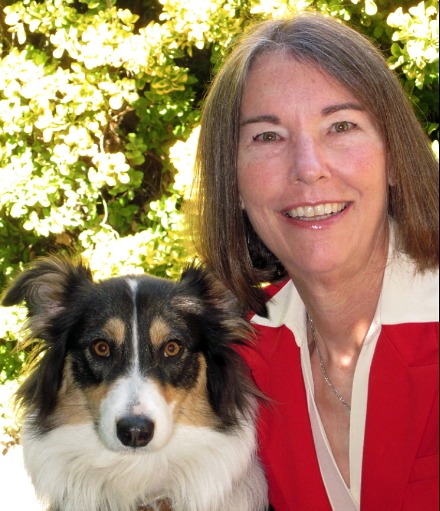Here is what we are reading today:
“Often referred to as nature’s sunscreens, MAAs are usually employed to protect an organism from DNA-damaging UV rays; however, the mantis shrimp has incorporated them into powerful spectral tuning filters.”
“The findings aren’t definitive because they don’t prove cause-and-effect and they seem to conflict with some previous research that looked at fewer heart conditions over shorter periods of time.”
“A large brain, long legs, the ability to craft tools and prolonged maturation periods were all thought to have evolved together at the start of the Homolineage as African grasslands expanded and Earth’s climate became cooler and drier. However, new climate and fossil evidence analyzed by a team of researchers, including Smithsonian paleoanthropologist Richard Potts, Susan Antón, professor of anthropology at New York University, and Leslie Aiello, president of the Wenner-Gren Foundation for Anthropological Research, suggests that these traits did not arise as a single package.”
“The Franklin Institute 3D-printed this remarkably complex model for a new exhibit. Skeptics said it couldn’t be done, but the finished product accurately reflects the 2,000 strands of nerve cells found in the brain.”
“”We finally got a clear cut case of an autism specific gene,” said Raphael Bernier, the lead author, and UW associate professor in the Department of Psychiatry and Behavioral Sciences and the clinical director of the Autism Center at Seattle Children’s.
Bernier said people with a mutation in the CHD8 gene have a very “strong likelihood” that they will have autism marked by gastrointestinal disorders, a larger head and wide set eyes.
In their study of 6,176 children with autism spectrum disorder, researchers found 15 had a CHD8 mutation and all these cases had similar characteristics in appearance and issues with sleep disturbance and gastrointestinal problems.”
“Various manual tasks in everyday life require the use of the right hand or are optimized for right-handers. Around 90 percent of the general population is right-handed, only about 10 percent is left-handed. The study of Ulrich Tran, Stefan Stieger, and Martin Voracek comprised two large and independent samples of nearly 13000 adults from Austria and Germany. As in modern genetic studies, where a discovery-and-replication-sample design is standard, the use of two samples allowed testing the replicability and robustness of findings within one-and-the-same study.”
“”We have very clear evidence that this version of the gene came from Denisovans,” a mysterious human relative that went extinct 40,000-50,000 years ago, around the same time as the more well-known Neanderthals, under pressure from modern humans, said principal author Rasmus Nielsen, UC Berkeley professor of integrative biology. “This shows very clearly and directly that humans evolved and adapted to new environments by getting their genes from another species.”
This is the first time a gene from another species of human has been shown unequivocally to have helped modern humans adapt to their environment, he said.”
“”This is an important step toward understanding what physically happens in the developing brain that puts people at risk of schizophrenia,” says Guo-li Ming, M.D., Ph.D., a professor of neurology and neuroscience in the Johns Hopkins University School of Medicine’s Institute for Cell Engineering.”
“the results of our study that walking may provide a safe and accessible way of improving symptoms of Parkinson’s disease.”



0 Comments